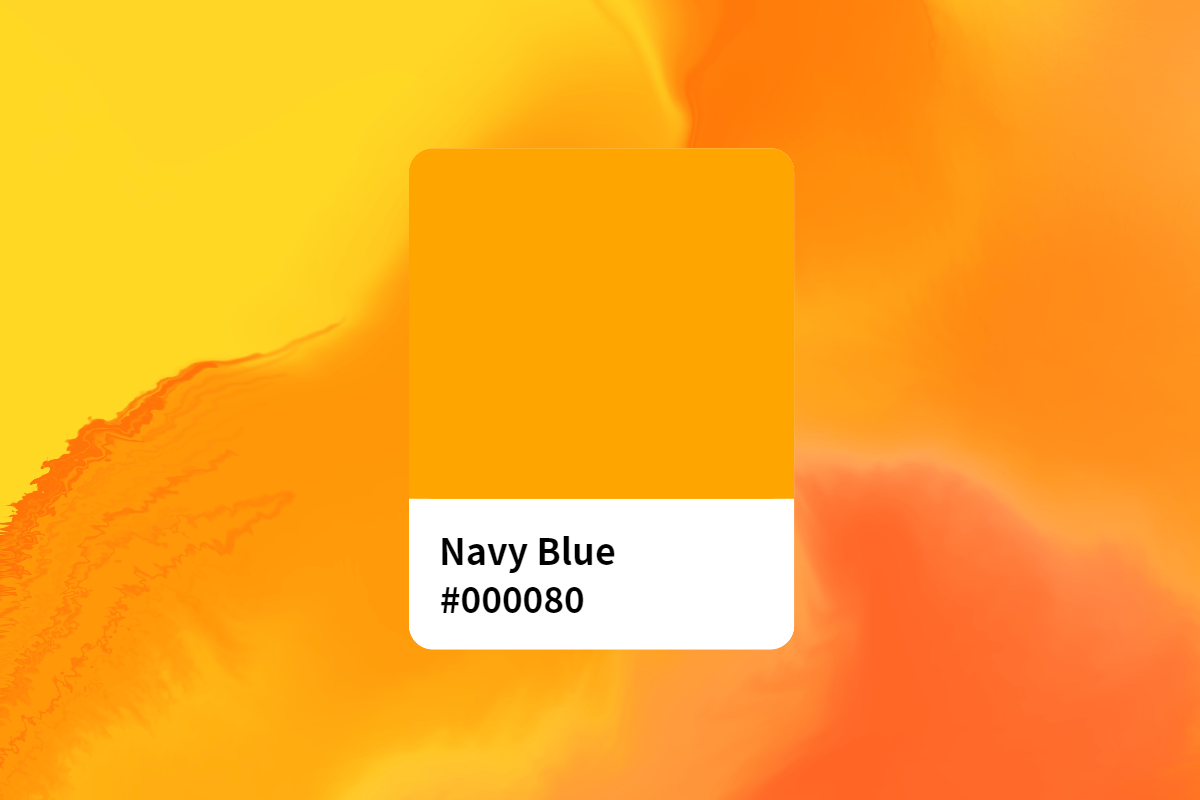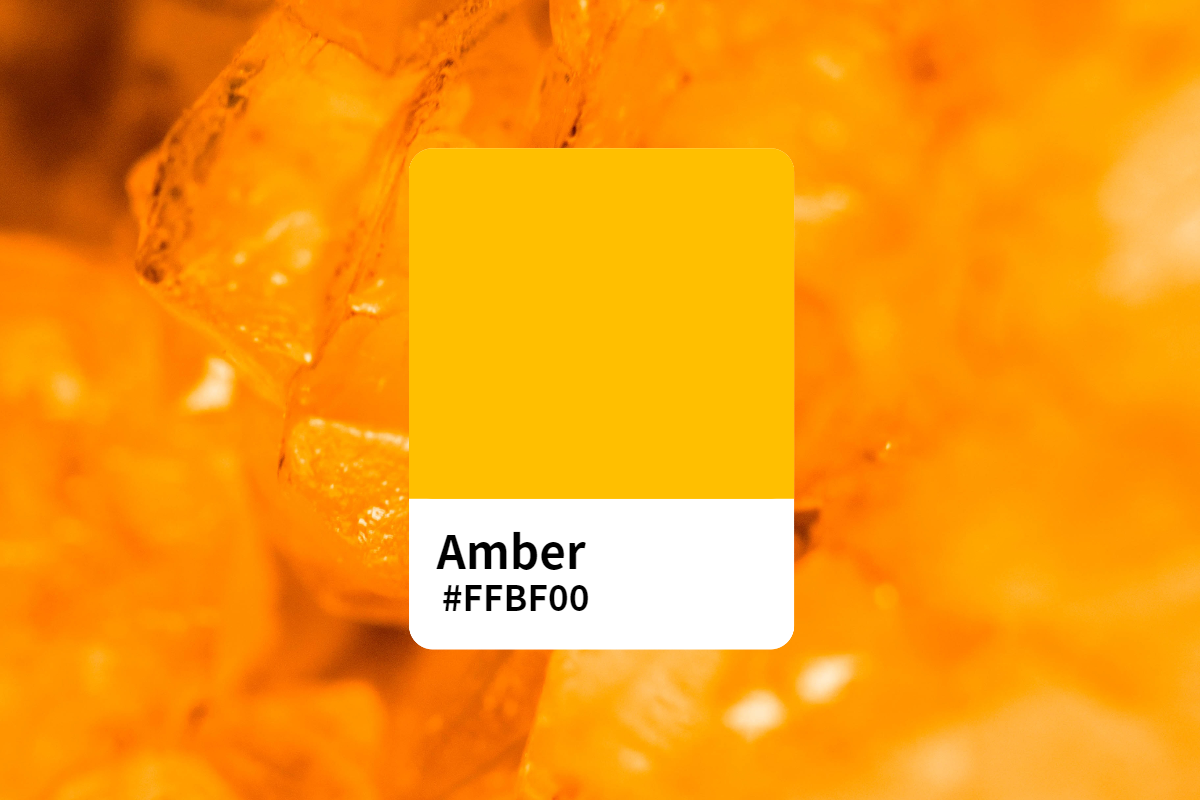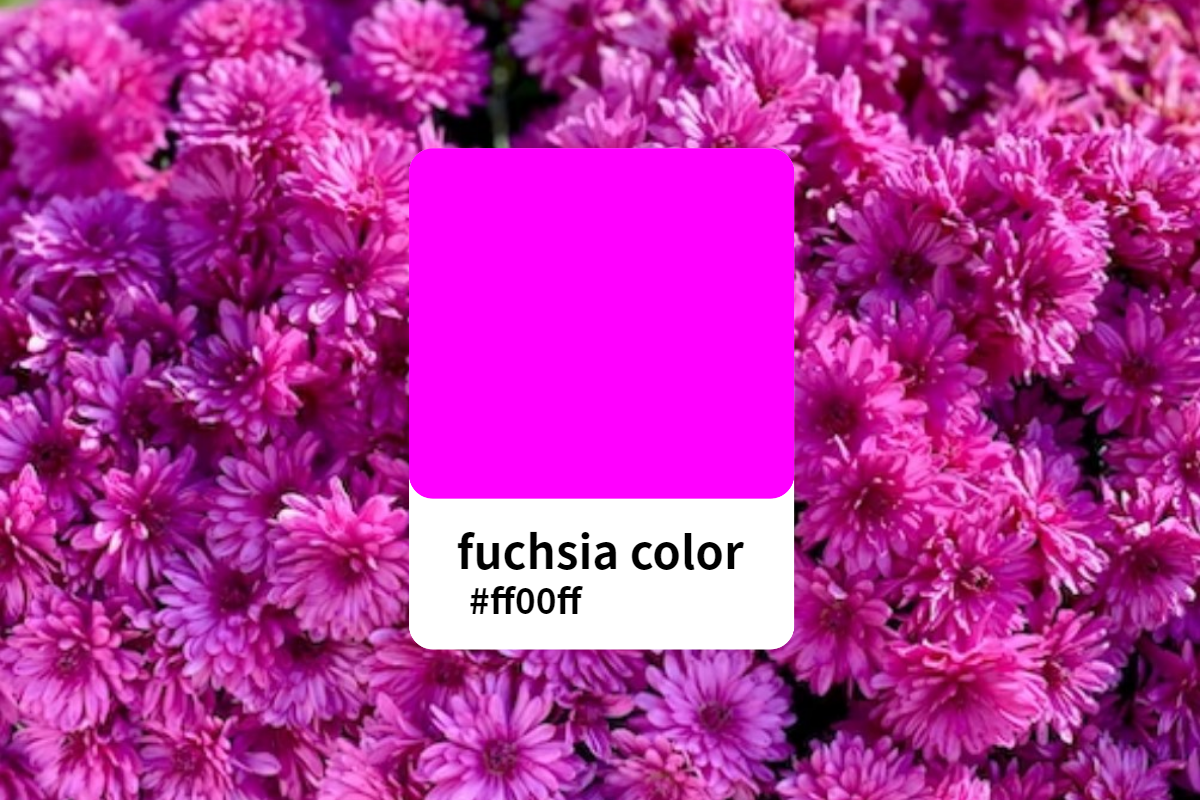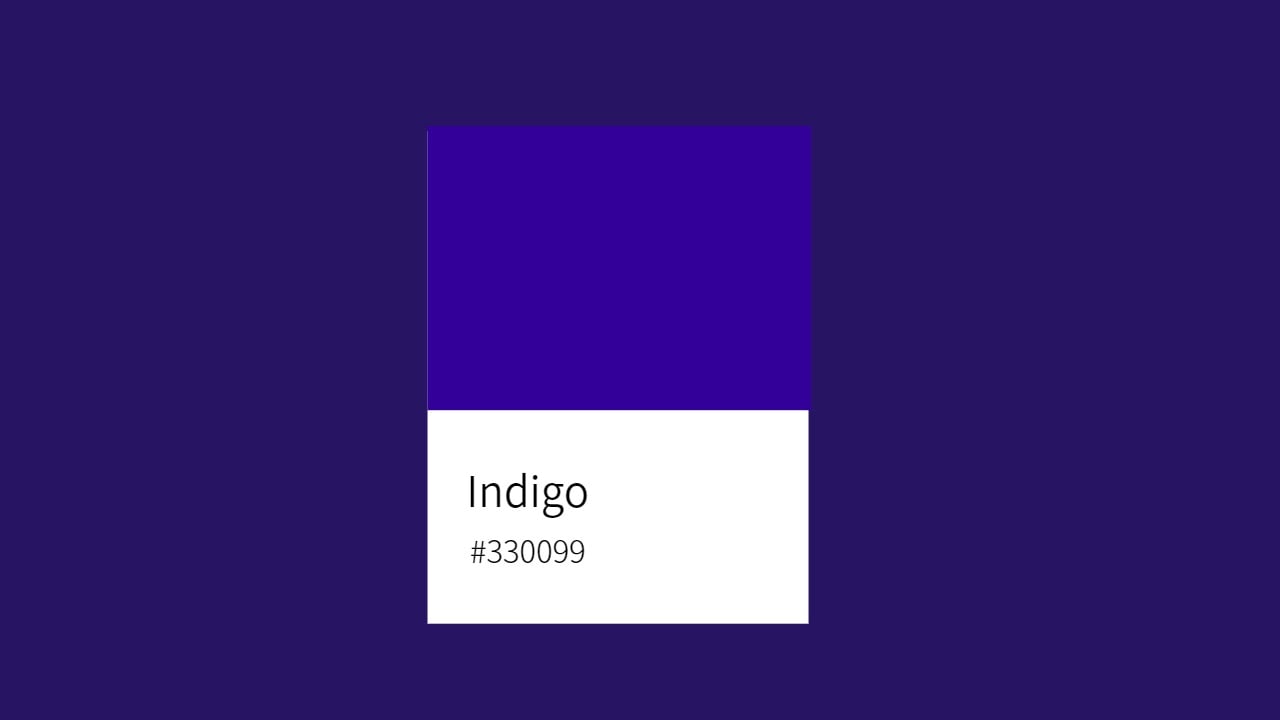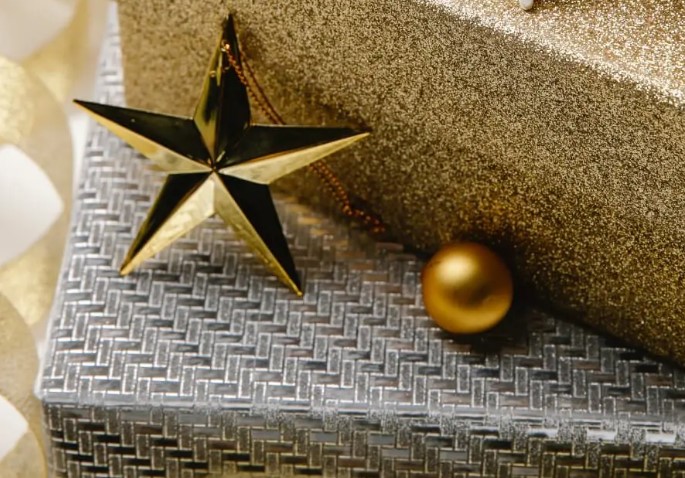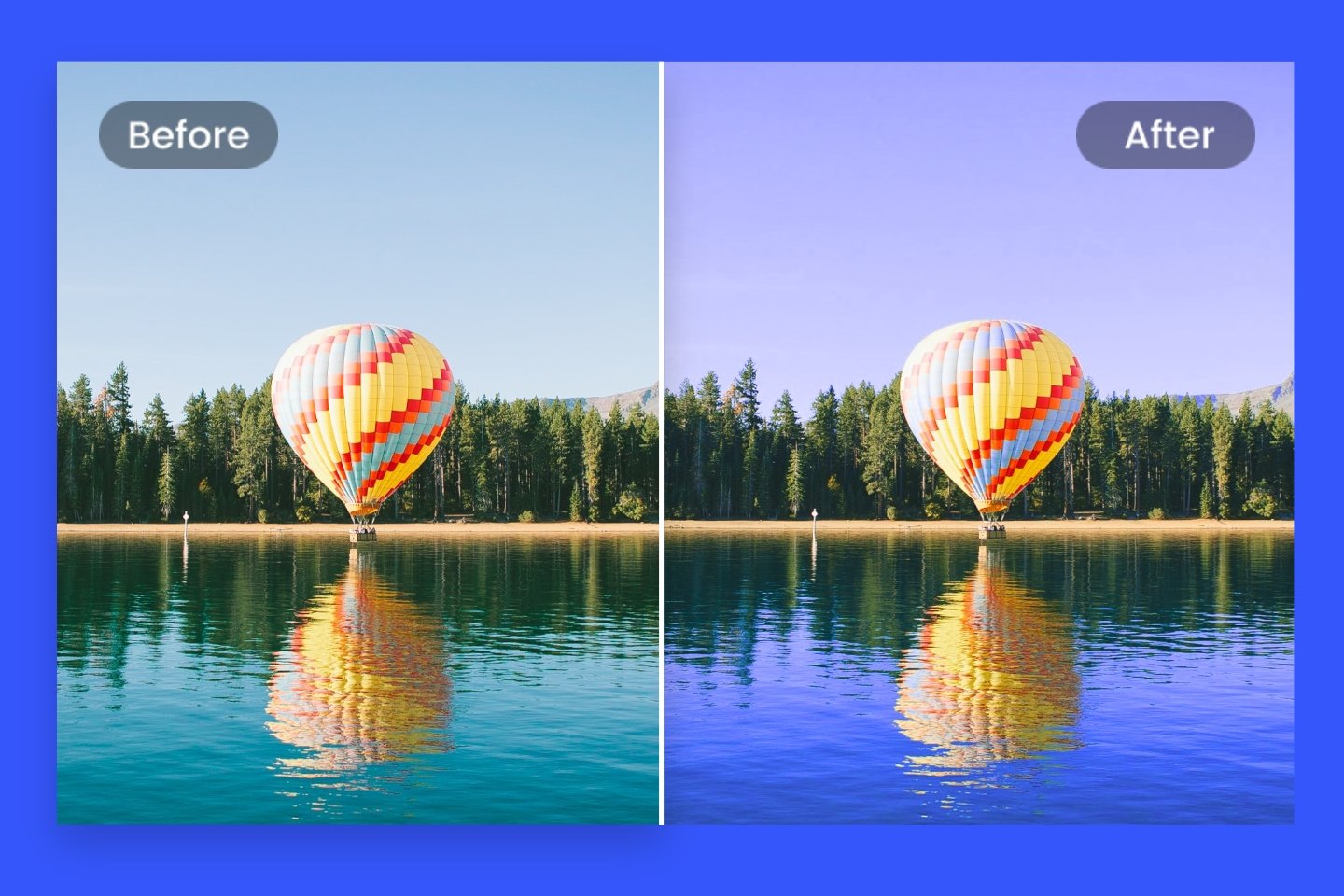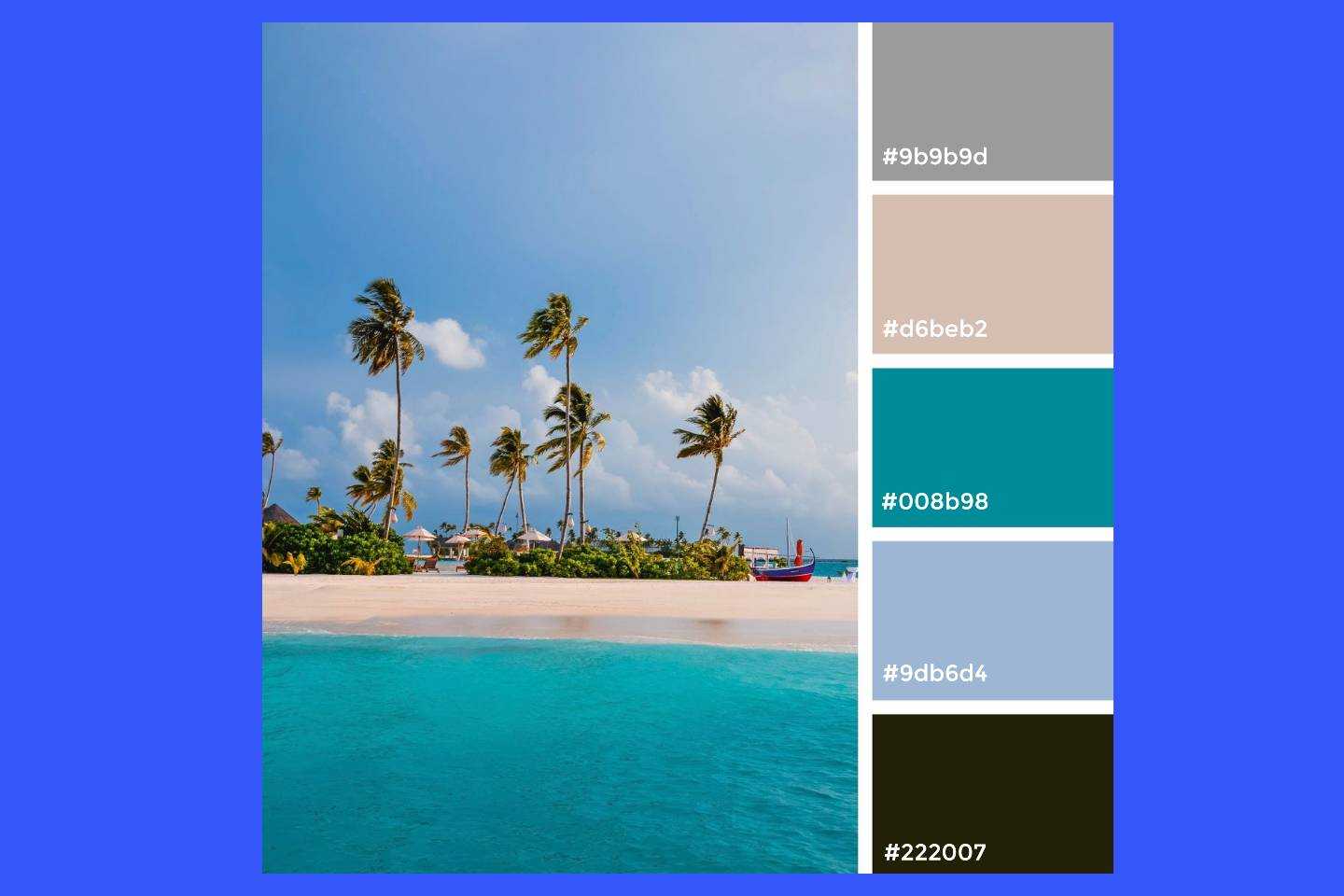Complementary Colors: The Color Theory, Color Usages, Tips for You
Summary:In this post, we have a brief introduction about three color theory, complementary colors, and how to use complementary colors in design.
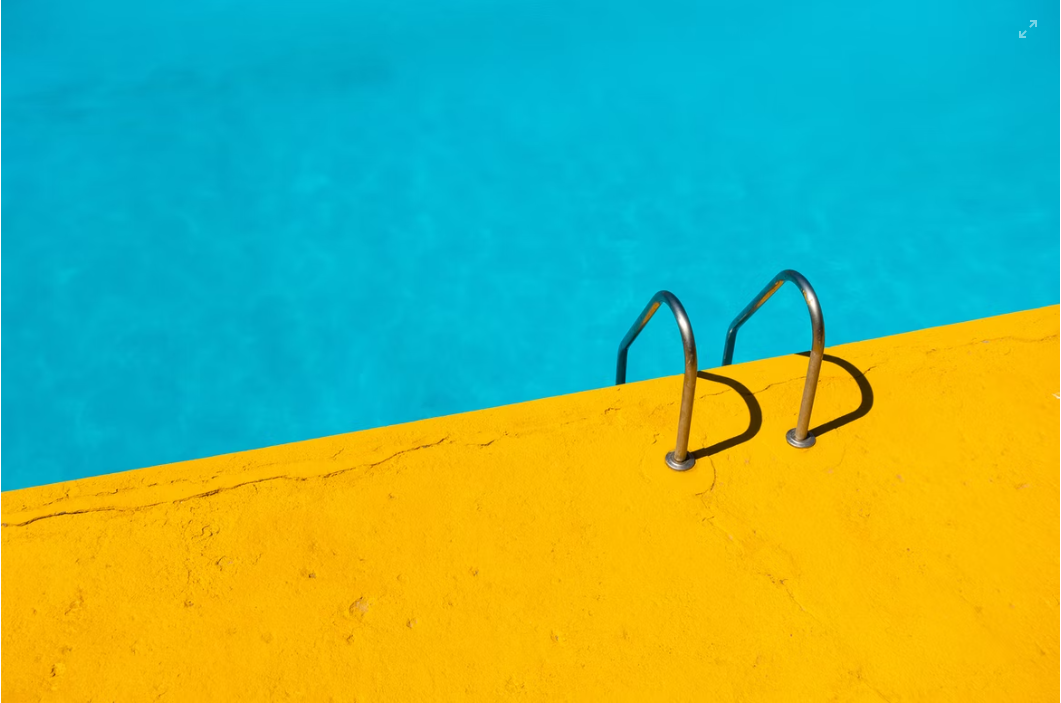
If we are working together as artists and design professionals, we have to understand the relationship between color and its effect on the overall effect of color. After understanding basic colour theory in relation to complementary colors, it will allow perfect pairing of colours and shades.
The complementary colors appear opposite. Besides red, green has a complementary color. How can I know what color complements one another? In this blog post, I'll show you what is the complementary colors and how to use them to achieve amazing results in your art and design projects. Stay tuned!
What is complementary color?

Complementary colors are two opposite colors. They are pairs of colors that are opposite each other on the color wheel. When placed side by side, they create the highest contrast and can be used to make shapes and highlights really stand out. Complementary colors also create an energetic and vibrant effect. When they are placed next to each other, they produce the strongest contrast between the two colors. Complementary colors can also be called "inverse colors".
For example, if you combine blue and orange together, they will create yellow. Complementary colors are important in design because they can be used to create balance and visual interest. By understanding how to use complementary colors effectively, you can add sophistication and impact to your designs.
In the world of color theory, there are three primary colors: red, yellow and blue. From these three primaries, all other colors are derived. Orange is made by mixing yellow and red, green is made by mixing blue and yellow, purple is made by mixing blue and red, and so on. While it's easy to mix two primary colors together to create a secondary color, it's not always so easy to know which colors work well together.
By mixing secondary colour and primary color, we can get tertiary colors, for examole: Blue-Green (Teal) is made of blue and green. Red-Orange (Vermilion) is made of red and orange. Yellow-Orange (Amber) is made of yellow and orange...and so on.
How to create a complementary color scheme?
In fact, if complementary colors are used correctly in a design, they can enhance each other's vibrancy and create a more striking overall effect. From the knowledge of primary, secondary and tertiary colors, you can broaden your artistic side and dive into a deeper world of colors. Now let's focus on the next color level.
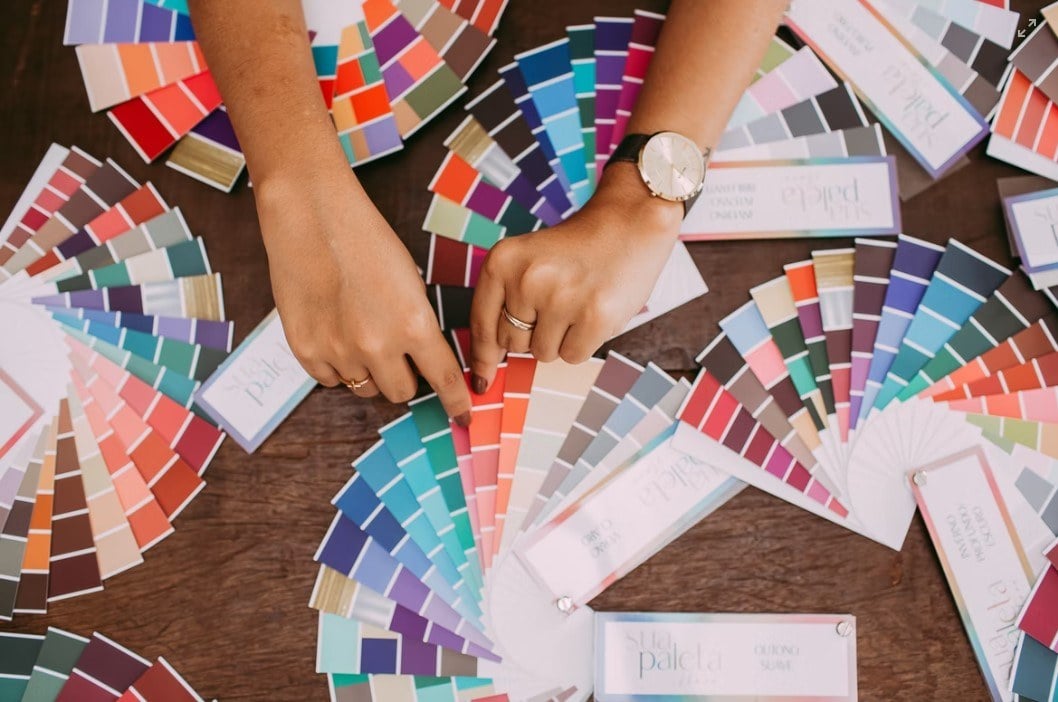
Are you familiar with the color wheel? If not, it's a great tool to understand and use when creating artwork or when choosing colors for your wardrobe. Choosing the best color combination is both a science and an art.
Although not everyone is born with an eye for color and an innate ability in graphic design, there are some methods and principles that can be used to choose the best color combination that can impress people and achieve the effect you want.
In general, when using complementary colors, you want to choose one of the tones as your dominant tone, and then use complementary colors to highlight some important items. These contrasting color schemes can also be found in nature, which can bring a vibrant and natural feeling to the design.
Examples of how to use complementary colors in different spaces
If you have noticed a color wheel before, you may find that each pair of complementary colors is made up of a warm color and a cool color. If you look closely at the natural world, you will find that the complementary color relationship around you is working.
Most green leaves are slightly neutralized by red. Green leaves usually have a red hue. The leaves of roses are very red at first, and then turn completely green when they mature.

Complementary colors make each other look brighter and more vibrant in the background, even if their intensity has been reduced. Complementary colors can make a work bolder, prouder, and more charismatic. Especially, the primary and secondary complementary colors are sharp and resounding in their purest form. If your goal is an eye-catching layout, they are sure to get the job done.
They can be used to minimize eye fatigue-ideal for lengthy, tedious presentations or anything that is too onerous for the audience. When used with caution, they call attention to important points, details, or elements.
How to use complementary colors in design?
When you try to find complementary colors but do not want something as dynamic as the real complementary colors, segmentation is the perfect way to reduce the contrast intensity while still maintaining visual pleasure and beauty. In general, designs with complementary colors look more traditional.
According to the introduction, we can know that rational use of complementary colors can make your work better, which applies not only to art and design but also to our work and life. How can you start use complementary color in design?
Try online tools such as Fotor is a free online graphic design tool, that makes full use of complementary colors in pre-made graphics, containing a huge number of color elements. Impressive banners, posts, logos, ads with various color styles for free. Allow you to create professional-looking visual work with a few steps and bring your best ideas and work to colorful life.
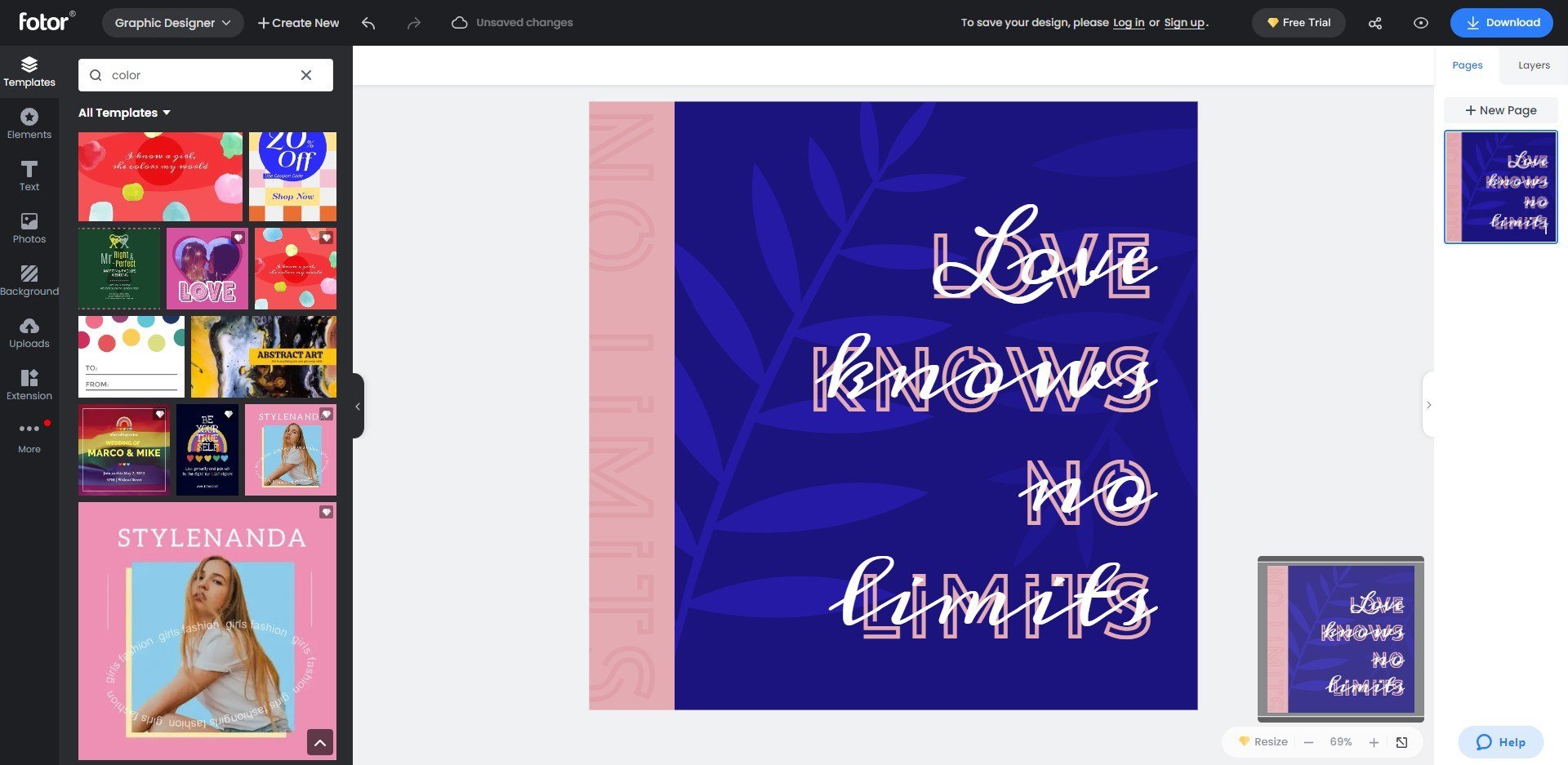
Conclusion
In design, there is almost nothing more important than the use of color. Using complementary color theory in your design to stand out your visual look easily. We have introduced some information about complementary color and shared the free design tool suits for beginner to make their own design with complementary colors.
FAQ:
1. Which colors are not a complementary pair?
A true mixture of complementary colors results in a black or brown. If it results in a green, then they are not a pair of complementary colors. Given that we all have different tubes of paint in our paint box, each of us creates unique chromatic scales.
2. What are the four-color harmonies?
Color Harmonies-4-Cool, Warm, Split, Tetradic and Square - Luminous Landscape.
3. What are double complementary colors?
In the double complementary scheme, we use a combination of four colors. It means that they are made up of two pairs of complementary colors. (keep in mind that if the two colors are opposite on the color wheel, they are complementary.)

